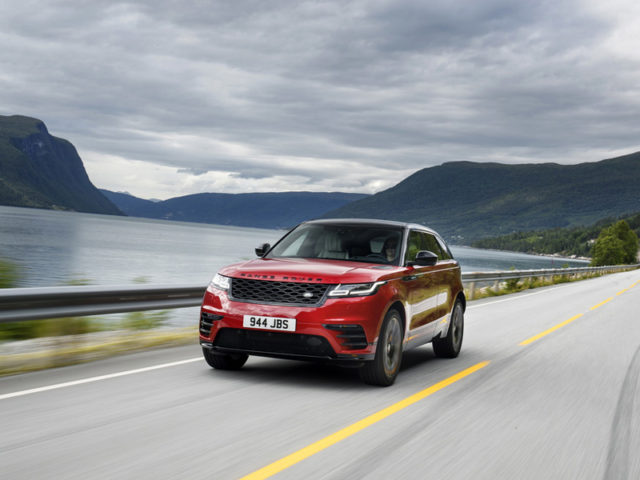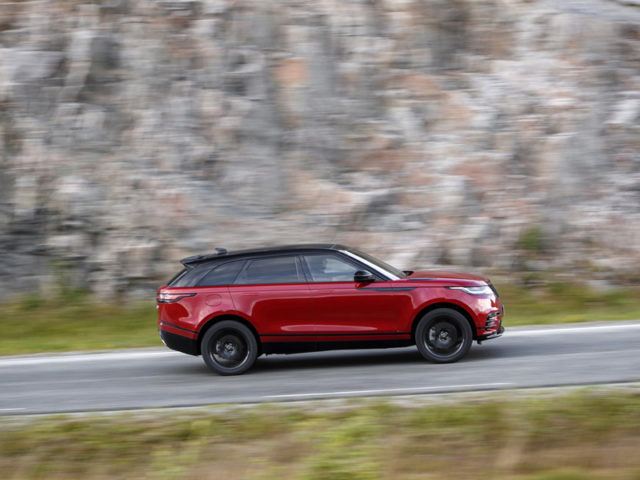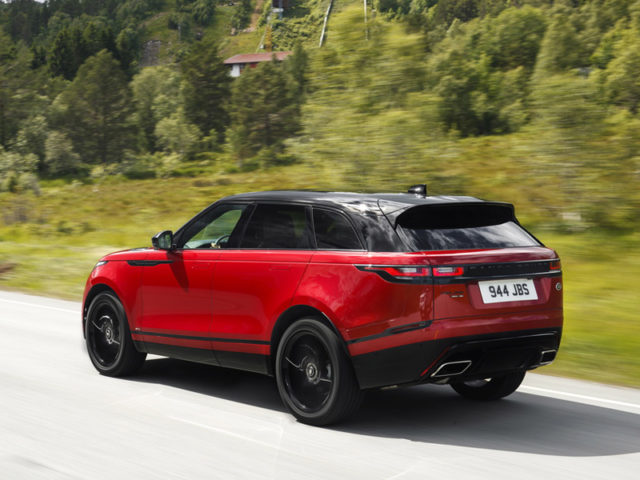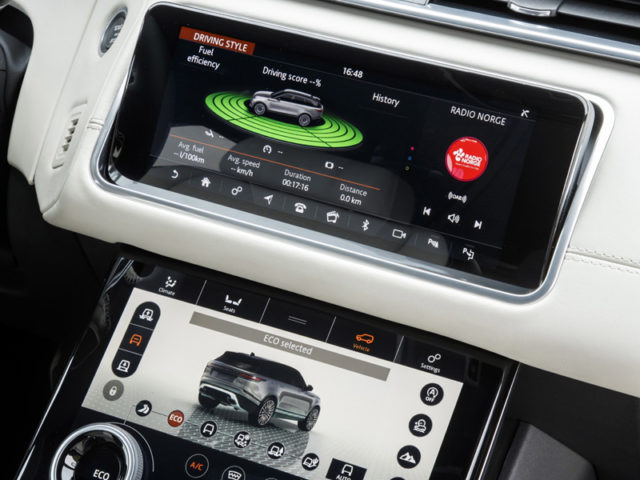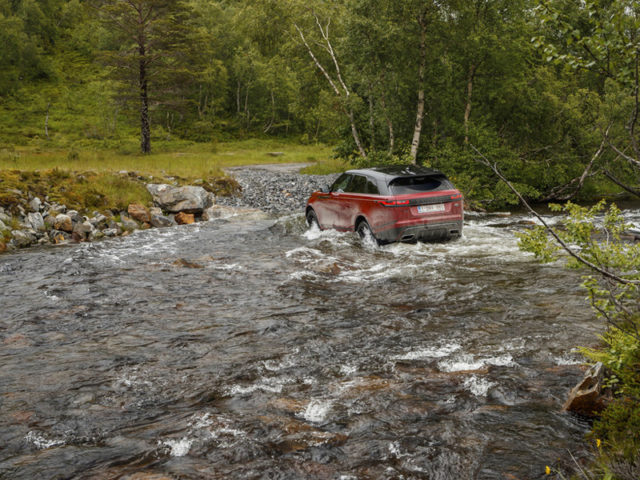Road Test: Range Rover Velar
If you’ve outgrown your Evoque, the Velar might be just what you need, says Alex Grant.
SECTOR SUV PRICE €56,000-€71,000 FUEL 5.4-9.4l/100km CO2 142-214g/km
In 1969, the Velar name signalled a new direction for Land Rover. A prototype of what would become the first Range Rover a year later, it was a step into lifestyle off-roaders; genuine terrain-crossing ability with the luxuries of a conventional saloon or estate. Today, Velar brings the Range Rover family to four models and, with no Defender until 2019, ‘lifestyle’ isn’t a tangent, it’s the core brand strategy.
It’s a striking newcomer; more sportwagon than SUV, a caricature of the brand’s design cues, stretched as if in a motion blur, hunkered over wheels of up to 22 inches and de-cluttered so aggressively that even the door handles retract into the body when they’re not in use. Love it or loathe it, there’s as much wow-factor here as there was in the Evoque, at least before it became so ubiquitous.
Velar fills the gap between the Evoque and Sport, though it’s closer in size to the latter, and the platform underneath is shared with the Jaguar F-Pace – arguably one if its closest rivals, depending on spec. All versions get automatic transmissions and four-wheel drive, unlike the Jaguar, which bumps up the entry-level pricing, and all except the entry-level trim can be up-specced to a more aggressive R-Dynamic version, cutting large vents into the front bumper. Demand tends to be weighted towards the top of the range and, given how plain it looks in low spec, that’s probably a good thing here.
Land Rover is offering three petrol and three diesel engines, with the 180hp and 240hp diesels the likely big-sellers – we tested the latter. Four-cylinder engines can deprive a luxury car of the performance and refinement that suits them best, but the Velar’s heavily-insulated cabin shuts out most of the mechanical grumble of its smallest engines and there’s enough muscle from the twin-turbocharged 2.0-litre to avoid it feeling underpowered. The main grumble is the gearbox; at times over-keen to shift up, and reluctant to downshift, it can slow progress.
Otherwise, the cabin is Land Rover’s best yet; impeccably high quality and with most controls moved onto a pair of touchscreens. There’s an art to making this work, but it’s lag-free and intuitive, with two rotary switches selecting different drive modes, media settings and climate functions, depending what’s on screen. Most Velars also get 4G data-connected services, including live traffic and fuel price information, and the ability to automatically send your arrival time to selected contacts.
On the downside, athletic styling brings predictable compromises in terms of interior space, especially in the back (not that it’s ever hampered demand for the Evoque), and even the optional air suspension doesn’t entirely cure low-speed ride quality on its large wheels. Proper off-road driving modes are optional, too, though it’s unlikely that the target audience will miss them much. Velar had once been the name for Land Rover’s step back on road – and almost 50 years on, it’s still taking the brand in that direction.
What we think
Striking styling and Range Rover badge cachet are good foundations for the Velar. But, with its focus on lifestyle customers, two-wheel drive would have given even broader appeal.

